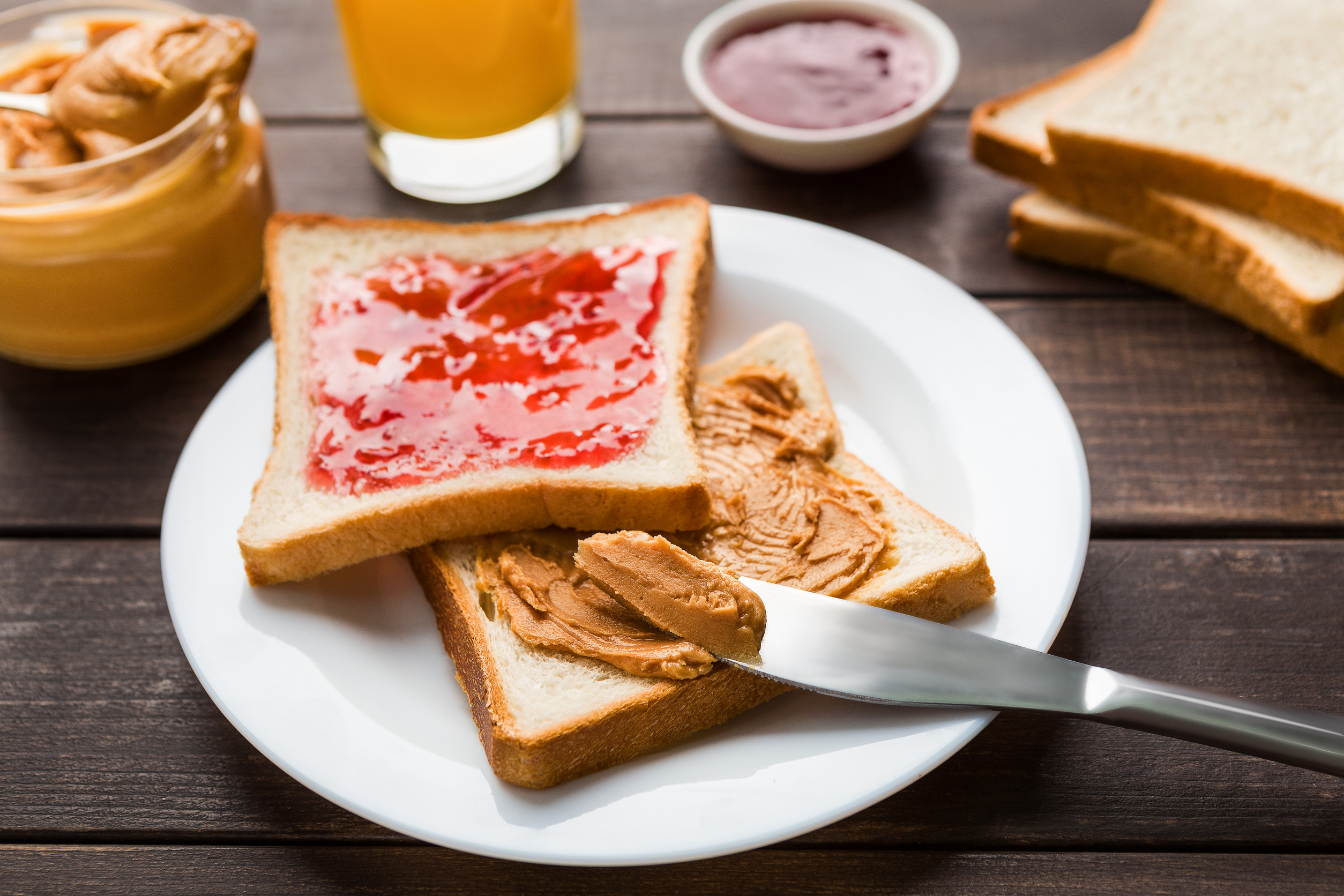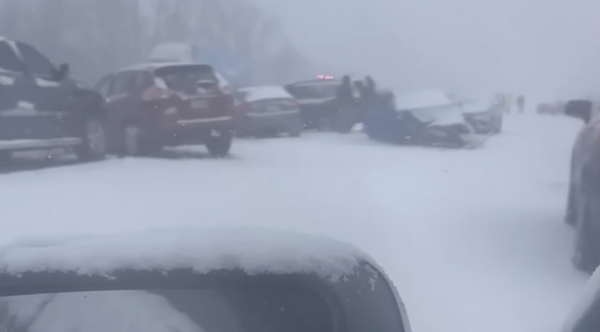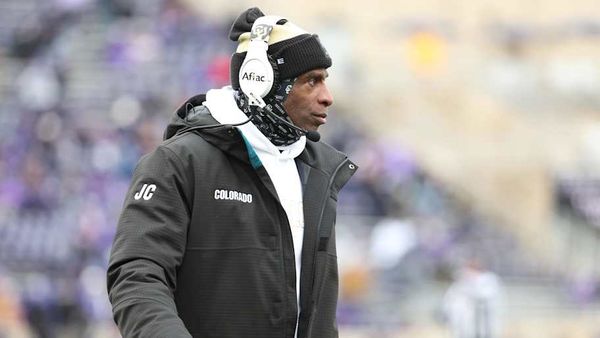
If you grew up in the ’80s or ’90s, chances are your lunchbox was filled with brightly colored snacks, sugary drinks, and the occasional questionable meat product. Back then, no one batted an eye. But fast forward to today, and many of those childhood staples have become banned school lunch items—either officially prohibited or heavily frowned upon in school cafeterias across the country. From choking hazards to allergy concerns and nutrition regulations, the rules have changed dramatically. Here are eight things parents once packed without a second thought that are now off-limits or practically illegal.
1. Peanut Butter and Jelly Sandwiches
Believe it or not, the classic PB&J has become one of the most commonly banned school lunch items. Due to the rise in severe peanut allergies, many schools have instituted nut-free zones—or banned peanut products altogether. While this move protects student safety, it’s a big shift from the days when PB&Js were the gold standard of packed lunches. Parents today have to seek out sunflower butter or other nut-free alternatives. The once-harmless sandwich now comes with major restrictions.
2. Candy Bars
Back in the day, slipping a Snickers or Milky Way into a lunchbox was just a sweet treat—not a rule violation. Today, however, most school wellness policies ban high-sugar foods from student lunches, especially candy. These banned school lunch items are seen as contributing to rising childhood obesity rates and poor focus in class. While the occasional treat might still sneak in, many schools actively monitor lunch content or even confiscate items deemed too unhealthy. That Hershey’s bar now belongs in a Halloween bucket—not the cafeteria.
3. Soda and Sugary Drinks
It’s hard to imagine now, but there was a time when bringing a can of Coke or a Hi-C juice box was completely normal. These days, sugary beverages are squarely on the list of banned school lunch items in many districts. The USDA and local school wellness initiatives aim to reduce sugar intake and promote water or milk instead. Even sports drinks and flavored juices can trigger concern if they exceed sugar content guidelines. What used to be a lunchtime refreshment is now a health violation.
4. Lunchables with Processed Meats
Those iconic plastic trays filled with crackers, cheese, and processed meats were once a lunchtime luxury. But with rising awareness around sodium, nitrates, and preservatives, many schools now discourage or outright ban ultra-processed convenience foods. Nutritionists have long criticized these boxed meals, which are often high in salt and low in real nutrients. Parents who pack Lunchables today may face notes home—or raised eyebrows from staff. In some districts, these are unofficially classified as banned school lunch items.
5. Whole Grapes and Uncut Hot Dogs
It might sound dramatic, but these seemingly harmless foods are considered top choking hazards for young kids. As a result, many schools now ban them unless they are sliced appropriately. Whole grapes and hot dogs can easily block a child’s airway, especially in younger age groups. That’s why many daycare centers and elementary schools won’t allow them unless pre-cut at home. Safety first means some childhood favorites are now banned school lunch items for the littlest eaters.
6. Home-Baked Goods (for Sharing)
Once upon a time, moms proudly sent in trays of homemade cookies for birthdays or classroom celebrations. Today, most schools have outlawed home-baked treats due to allergy concerns, sanitation rules, and the inability to verify ingredients. Anything brought for group consumption must usually be store-bought, sealed, and labeled. This rule doesn’t always apply to individual lunches—but it has changed the culture of shared food at school. That means grandma’s cookies now fall under banned school lunch items in many group settings.
7. Chips and Cheese Puffs
Back then, no lunch was complete without a crinkly bag of Doritos or Cheetos riding shotgun next to your sandwich. Now, many schools either discourage or ban chips outright due to their high fat and sodium content. Some cafeterias enforce snack guidelines that prohibit anything fried or dyed with artificial colors. Even baked chips are often frowned upon under stricter health-focused lunch policies. Crunchy, salty snacks have gone from cool to banned school lunch items in many lunchrooms.
8. Glass Bottles and Thermoses
In past decades, kids carried sturdy glass thermoses filled with milk, soup, or even soda. But today, anything glass is considered a safety hazard and banned in most schools. If it breaks, it can create a dangerous situation for students and staff. As a result, parents are required to use BPA-free plastic or stainless steel containers instead. What was once a staple of vintage lunchboxes is now a hard no on the banned school lunch items list.
From Classic to Controversial
What used to be simple childhood staples have become rule-breakers in today’s school lunch landscape. Whether due to food allergies, choking hazards, or stricter nutritional standards, many beloved items from the past are now off-limits. While these rules are rooted in safety and health, they’ve certainly changed the way we think about packing lunch. So next time you’re feeling nostalgic, just remember—what was once normal might now be a cafeteria no-no.
Which classic lunchbox item do you miss the most—or think should make a comeback? Share your thoughts in the comments!
Read More
10 Things We Did as Kids That Would Get Parents Reported Today
10 Parenting Habits From the ’80s That Would Spark Outrage Now
The post 8 Things Parents Used to Pack in Lunchboxes That Are Basically Illegal Now appeared first on Grocery Coupon Guide.







